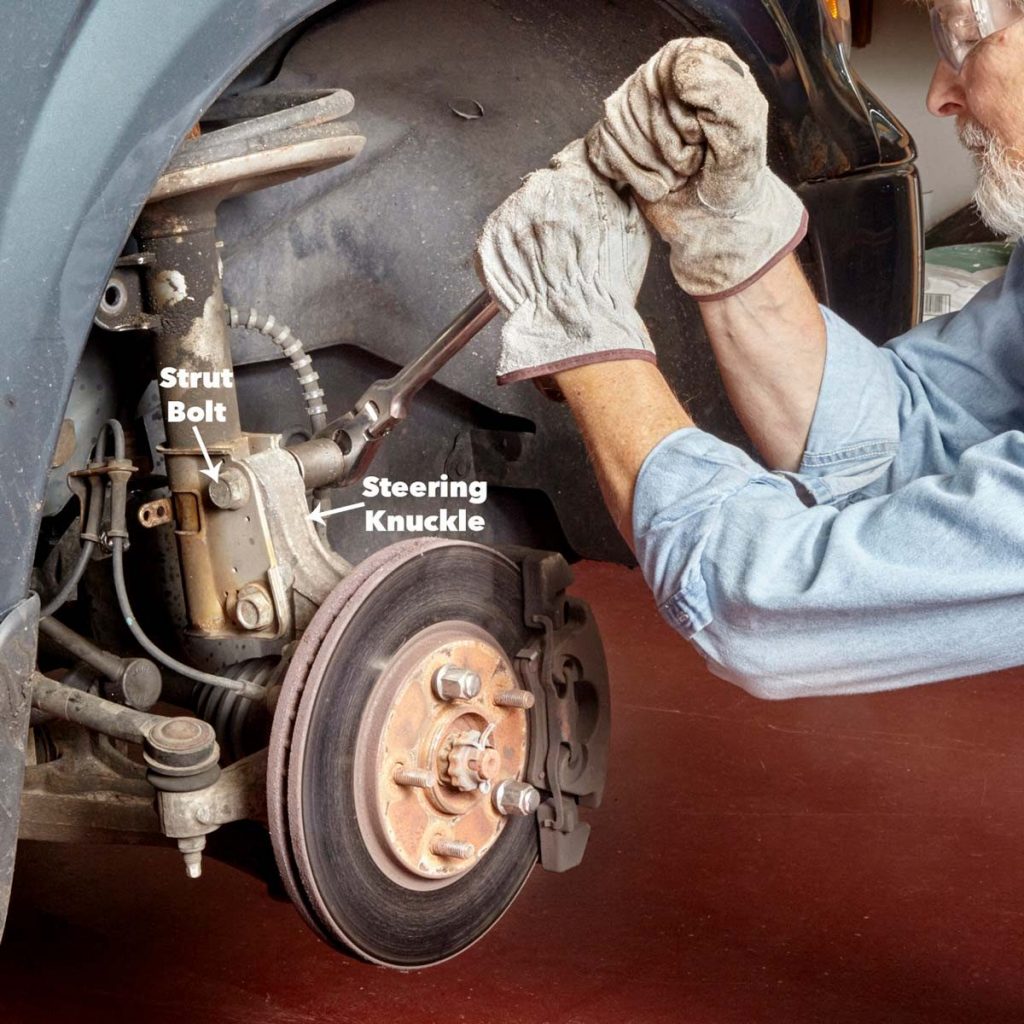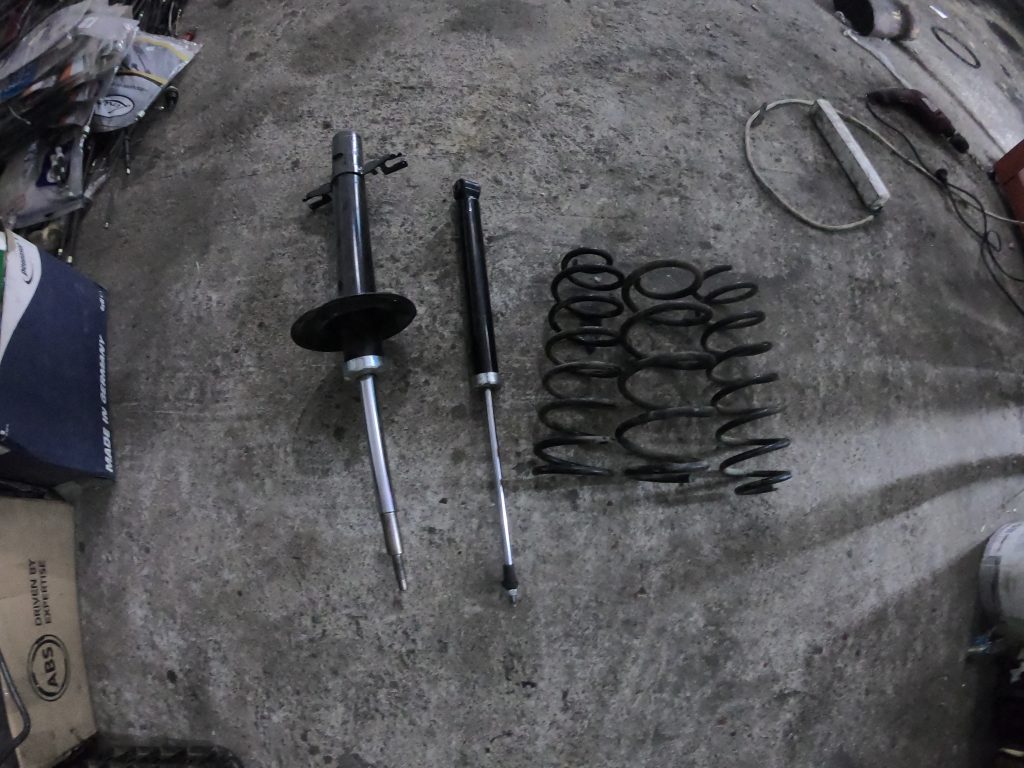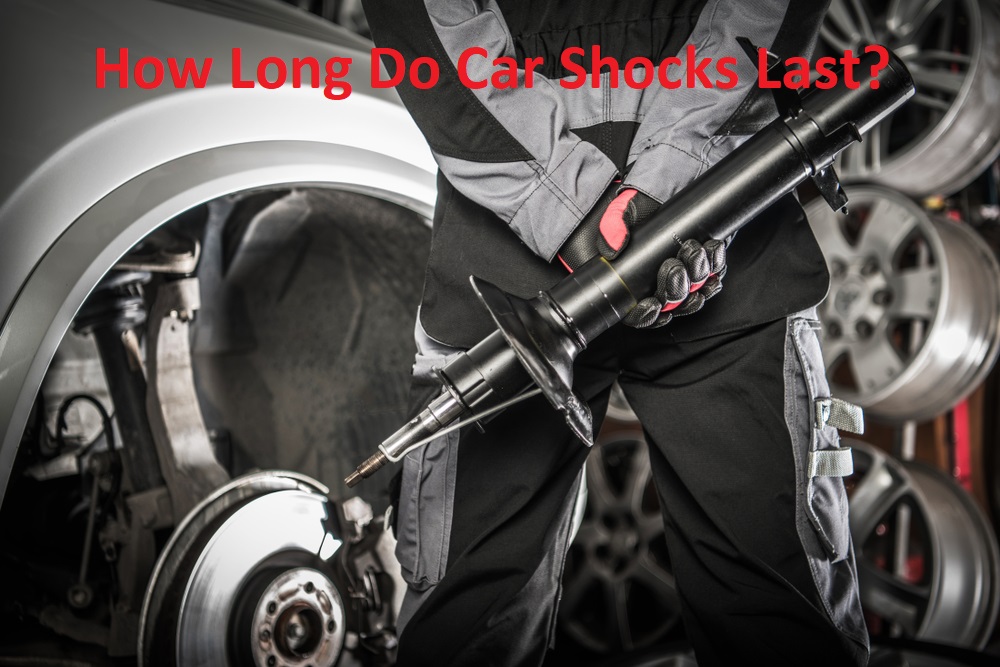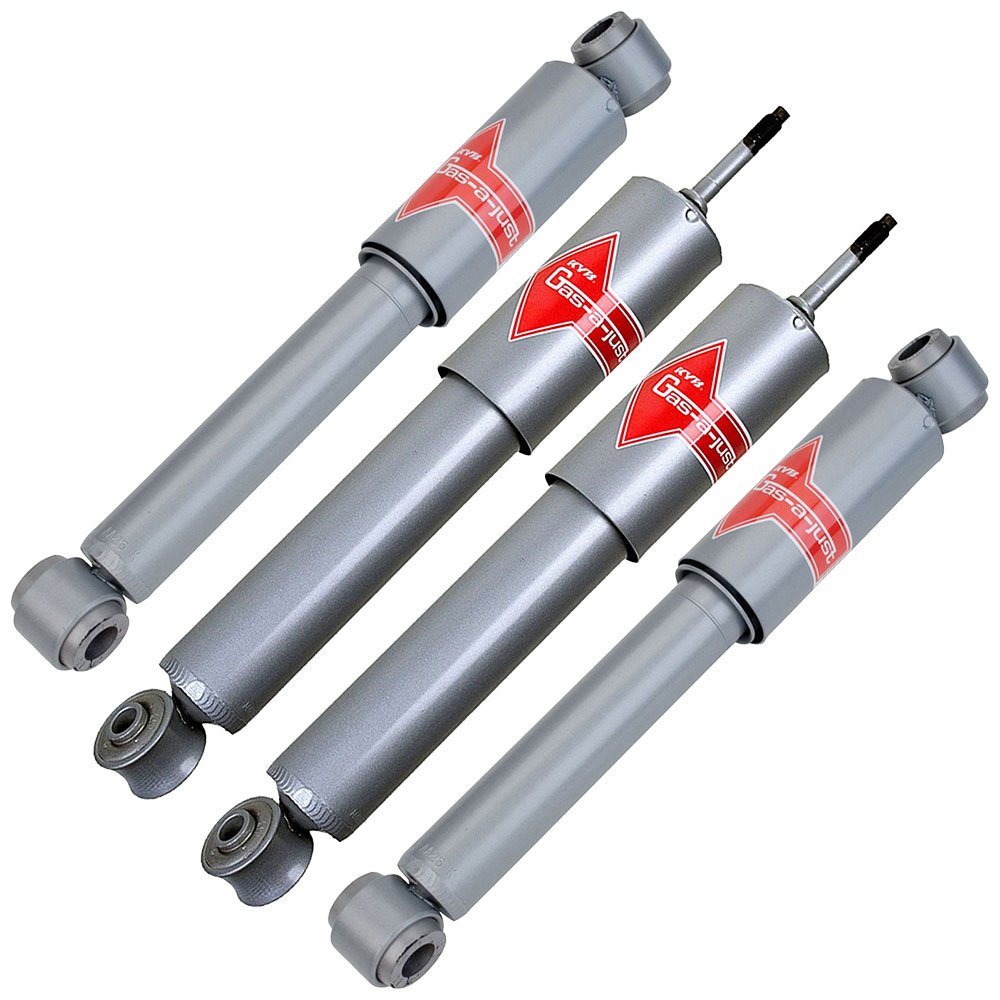If it wasn’t for the bows and arrows 61,000 years ago we wouldn’t have had such comfortable car rides today. Comfort means a lot for every car owner. When your vehicle shows signs of worn out struts, you don’t want someone else tampering with them.
To replace struts you don’t have to be a licensed mechanic, even a non-techie can handle this job perfectly! Follow this article and learn more about the suspension system.
What Do Struts Do for Your Car?
Struts are a part of the suspension system that provides structural support for the vehicle. They connect the wheels to the body and suspension system. Struts come mounted onto the chassis and have the coil spring mounted on them.
The coil springs are the parts that control the riding height of your vehicle. But like many car parts struts too can go bad which is where the need to replace your struts arises.
Related articles:
- Your Car Deserves The Best Struts – Our Top 8 Recommendations!
- Monroe vs Gabriel Shocks and Struts 2021- Detailed Comparison
When to Replace Your Struts?
The most indicative sign that you need to watch out for is when your vehicle starts bouncing. This is when you definitely need a struts replacement.
There are going to be other signs too such as body roll, strange noises, abnormal tire wear, and reduced handling ability as well as braking performance. These signs are not always there and are not going to be as important as excessive bouncing.
Can You Replace Struts by Yourself?
Some people will tell you that you need a mechanic for this type of work (which is true).
“Whilst a mechanic is more experienced in this line of work, people like me and you can also replace their struts and accompanying parts on their own”. Says Florenz from Bosch Car Service
This, of course, refers to if you were to follow a step-by-step guide and have all the hardware and equipment needed to complete the process.
How to Replace Struts?
Required tools
| Hydraulic Jack | Jack Stand |
| Rust Penetrant | Breaker Bar |
| Socket | Ratchet |
| Shop Towels | Camber Angle Gauge |
| Pry Bar | Spring Compressor |
The Struts Replacement Process
1. First things first, before you start removing components to get to the struts you’ll need to use the spring compressor. This tool is needed to safely remove everything. The springs found on the struts can easily pop off and injure you or cause damage to your vehicle if done otherwise.

2. Once you get to the struts and safely remove the car springs, you’ll then need to measure the camber angle. For this, you’ll need to raise the vehicle and support it with jack stands. Once you do that, soak the strut flange nuts and bolts with a rust penetrant.
3. Afterwards, open the hood and spray the strut-tower mounting nuts too. Next, spin the two lug nuts onto the studs and tighten them to secure the rotor to the hub. Whilst the flange nuts and bolts are soaking, place the angle gauge to the top of the rotor and take note of the angle.
4. Follow this up by disconnecting the stabilizer bar end link and brake lines secured to the strut, if any. Whilst holding the stabilizer bar end link with a wrench, loosen the nut using a socket and a ratchet.
Then, remove the end link out of the strut hole and move it aside. Next, you need to disconnect the wheel speed sensor wiring harness and move it to the side.
5. More loosening and removal of nuts and bolts are needed after disconnecting the wheel speed sensor wiring harness. Start loosening the strut nuts and then remove them. Loosen the bolts too and push the steering knuckle in and out to wiggle them out of their holes.
6. After that, you need to separate the strut and knuckle. Do this by jamming a pry bar between them. Pry the knuckle towards you until you have it pop out of the strut flange. Next, you need to remove the strut mount nuts. These nuts are found on the strut tower.
7. Remove the strut mount nuts by putting a thin piece of plywood underneath the strut flange to keep it from causing damage to the CV boot. Then, disengage the top part of the strut and get a socket/ ratchet or a ratcheting wrench to loosen up the strut mount nuts.
You need to loosen all of the nuts and remove all of them except for one. This could be any nut.
8. Here comes the fun part, the strut replacement itself. When you’re done with the strut mount nuts, you’ll need to reach into the wheel itself to provide some support for it. This is where you remove that last nut.
Whilst holding the strut bottom and spring, tilt the bottom out and towards you. Next, lower the strut so that it clears the strut tower and then lift the strut out. Put the old strut on a piece of plywood and then take it out.
9. Install the new strut and reset the camber angle. Installing the new strut can seem like a tough job it is actually the same as the removal process except you need to look at it the other way around.
Start by following the steps starting from the final one and making your way through to the very first step.
10. When you have the new strut in place, torque the strut mount nuts to the correct spec and then push the steering knuckle into the strut flange using a pin punch. Then remove the pin punch and place the other bolt.
11. Make sure to make the nuts snug but don’t tighten them fully. Put the angle gauge against the top of the rotor and push in the knuckle or push it out to make it come as close as possible to the original camber angle.
12. Follow up by having the strut mount nuts torqued to the correct spec and check the camber angle once again. If necessary adjust it.
Once that’s done mount the stabilizer bar end link back with the wheel speed sensor wiring harness together with the rest of the wheel assembly components and you’re done.
What to Consider Attempting This DIY Project
- Since the spring is only to be removed with a spring compressor you shouldn’t remove the spring retention nut beforehand.
- The old strut assembly should be discarded properly and kept away from children.
- Don’t attempt to disassemble the old struts and always replace them in pairs.
- When replacing your struts always make sure that when you have your vehicle in the air you provide support to its frame as doing so otherwise will result in serious injury.
- Always use safety-rated jack stands to ensure a safe car struts replacement process.
FAQ:
- Would It Be Better to Do It Yourself or Pay a Professional?
No matter if it’s a strut replacement or not it’s always better for a professional to do it instead of you as they have more experience. But this doesn’t mean you shouldn’t do it yourself if you have the means for it.
- Are Shocks and Struts the Same?
No shocks and struts are not the same as your vehicle can have only one at each wheel. A strut is a crucial part of your suspension system whilst a shock is mostly there to provide better handling. They are quite similar but still not the same.
- Is There Any Difference Between Left and Right Strut?
No there isn’t! They are absolutely the same. Although, I have to mention that there are some exceptions.
- Can You Compress Struts by Hand or You Need a Tool?
No, struts can’t be compressed by hand. As mentioned above you need a spring compressor in order to do so safely and efficiently.
- Will New Struts Make My Car Ride Smoother?
Since struts are the ones that provide your vehicle with structural support putting in new ones will definitely make your car ride a lot smoother.
- Should I Get an Alignment After Replacing Struts?
Although you adjust the camber angle after you install the new struts you still shouldn’t skip going for an alignment. If you’re getting new tires after you’ve replaced the struts you should go for the alignment when you have the new tires on.
Conclusion
Taking on this DIY replacement process can be a bit tricky but as always with the proper information in mind, you’ll be just fine. Take your time, be patient, and the rest will come.
Don’t think for a second that you can’t replace struts and sure a mechanic will do it quicker but if you have enough time on your hands why not do it yourself. It does require more effort on your side but you won’t think about the strut replacement cost that a mechanic would charge you. Also, you will learn a thing or two about your car’s suspension system after all!





